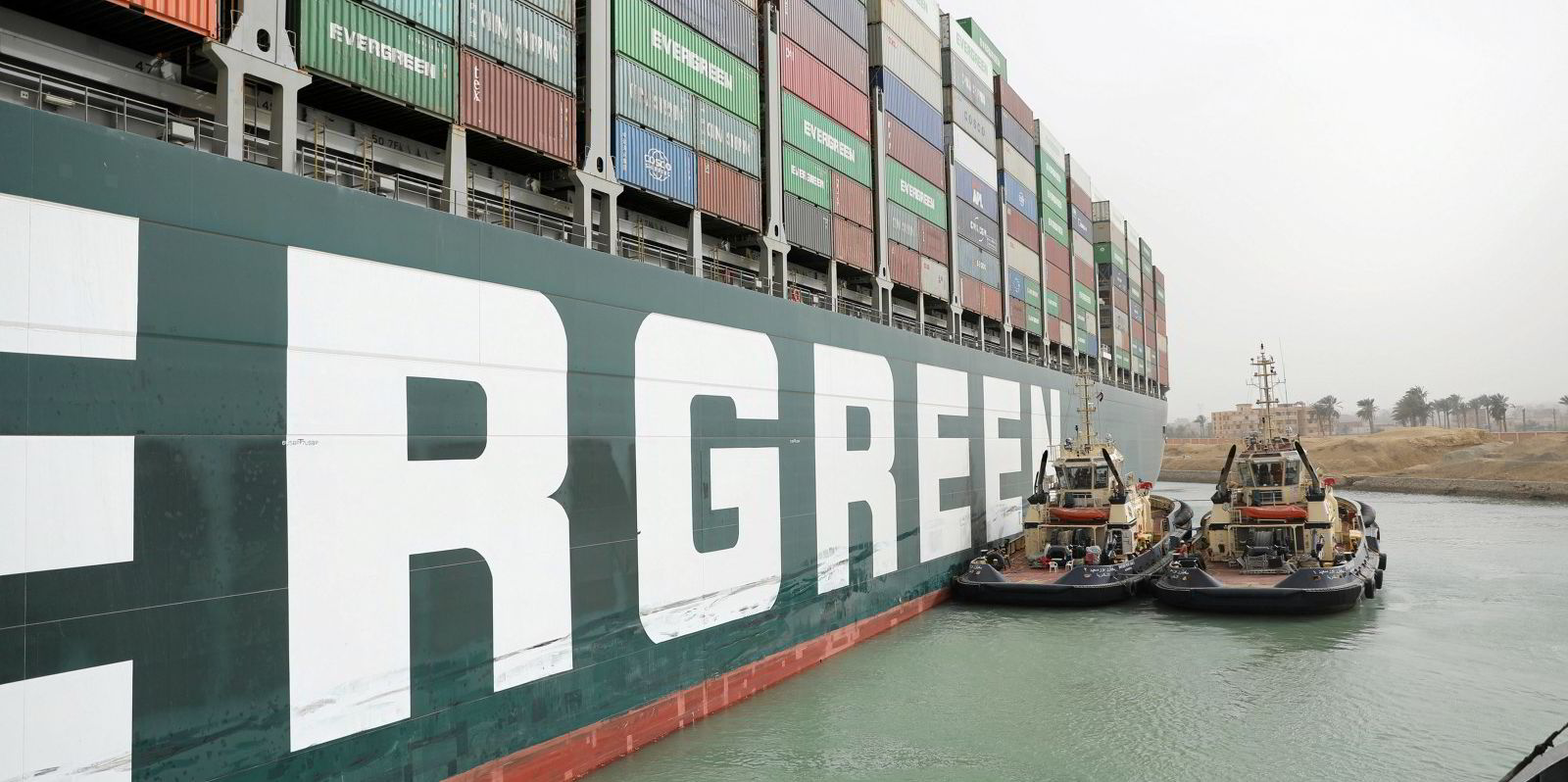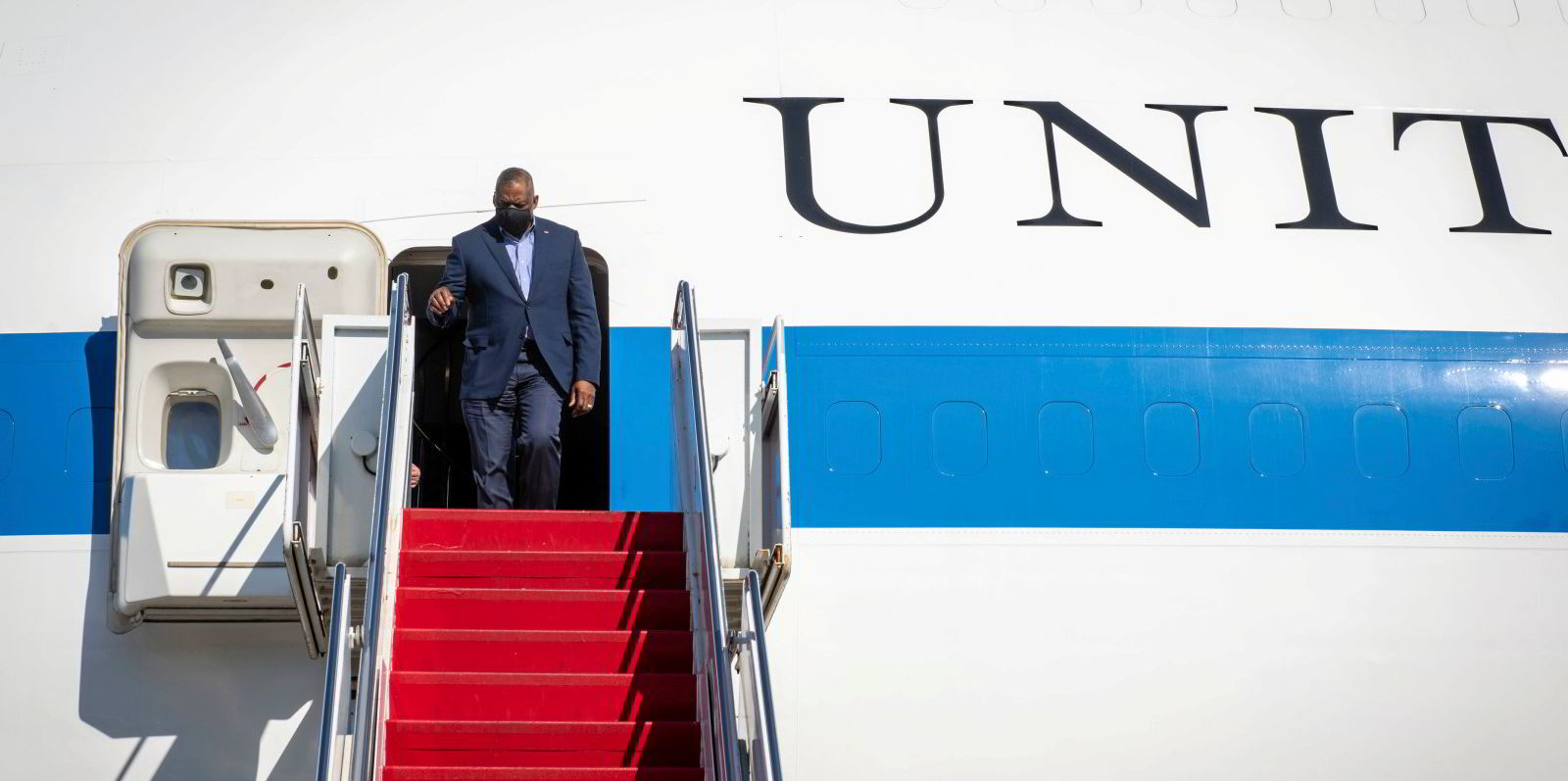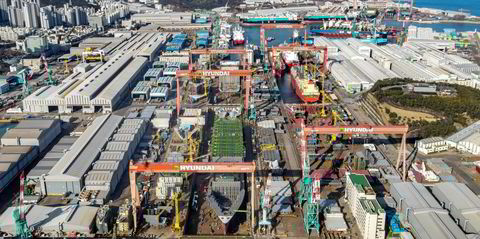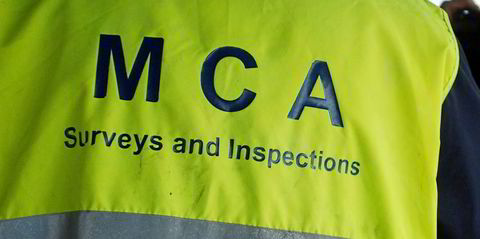Container freight rates from Asia to the Eastern Mediterranean have climbed to their highest levels in months following attacks on merchant vessels by Houthi rebels.
The freight market appears to be underpinned by the higher cost of shipping to Israel, where war risk surcharges and the rerouting by vessels are raising costs, said analysts.
That comes as Germany’s Hapag-Lloyd joined the likes of Zim in rerouting vessels around the ships via the Cape of Good Hope.
The ships would be diverted “until the passage through the Suez Canal and the Red Sea will be safe again for vessels and their crews”, the carrier said.
Rates on the Asia-Mediterranean trade have nearly doubled in two months to $2,552 per 40-foot equivalent unit (feu) on 16 December — their highest level since March, according to the Freightos Baltic Index.
The price of freight is expected to rise further as more carriers avoid Suez and follow the precedent set by Israeli carrier Zim.
Zim has opted for the longer route around Africa, which increases rates for its Asia-Mediterranean service to the $3,300-$3,400 per feu range, according to Freightos analyst Judah Levine.
Silver lining?
The new market scenario could be the silver lining for flagging ocean rates, he said.
“As carriers push to increase freight rates on [the] Asia-Mediterranean trade to close the year, prices to other destinations are now climbing, too,” Levine noted.
“Diversions and surcharges due to the Houthi attacks though could help carriers increase rates for volumes to places in the region, other than Israel.”
Ocean rates from China to Israel’s ports have increased 46%-58% since the start of the war in Gaza on 7 October, according to Freightos.
That has led Zim, Hapag-Lloyd and Danish giant AP Moller-Maersk to impose war risk surcharges of between $20 and $100 per feu.
Maersk explained that its Emergency Risk Surcharge was necessary because of increased insurance premiums related to the ongoing risk.
Long transit times
With an international task force being established to restore security to the Red Sea, container shippers can expect to see rate increases, rerouting and longer transit times, said Levine.
For ships heading to Israel from Asia, the route around Africa is significantly longer — about 7,000 nautical miles (12,964 km) and 10 to 14 days — more than via the Suez Canal.
For Asia to North America’s East Coast, the diversion is only about 2,000 nautical miles and seven days longer.
However, the diversions away from the Suez Canal are unlikely to lead to a repeat of the situation in 2021, when an Evergreen vessel blocked the canal and caused increased delay and congestion.

Then there were no extra available ships to take the place of delayed vessels at origin ports, he said.
“This time, there is a record level of excess capacity,” said Levine.
“So shippers could expect longer lead times due to longer voyages, but operations should continue reasonably well.
“Freight rates will likely increase on these longer voyages too,” he noted.
“But due to carriers looking for ways to utilise excess capacity, it is unlikely that rates will spike to levels experienced during the pandemic.”






